KubeVela 1.5 was released recently. This release brings more convenient application delivery capabilities to the community, including system observability, CloudShell terminals that move the Vela CLI to the browser, enhanced canary releases, and optimized multi-environment application delivery workflows. It also improved KubeVela's high extensibility as an application delivery platform. The community has started to promote the project to the CNCF Incubation stage. It has absorbed the practice sharing of multiple benchmark users in many community meetings, which proves the community's healthy development. The project is now mature to some extent, and its adoption has made periodical achievements, thanks to the contributions of more than 200 developers in the community.
KubeVela has released five major versions over the past year. Each iteration is a leap forward. The release of version 1.1 brought the ability to connect multiple clusters. Version 1.2/1.3 brought an extended system and a more developer-friendly experience. Version 1.4 introduced a security mechanism in the complete process. The release of 1.5 today brings us closer to KubeVela's vision of making application delivery and management easier. Along the way, we have stayed true to the same design philosophy and built a platform that automates the complexity of the underlying differentiated infrastructure without losing scalability. It helps application developers upgrade from business development to cloud-native R&D at a low cost. Technically, it focuses on the complete process from code to cloud and from application delivery to management. It refines the framework capabilities of connecting infrastructure based on the Open Application Model (OAM). As shown in Figure 1, KubeVela has covered the complete capabilities of application definition, delivery, O&M, and management, all of which are based on OAM scalability (OAM Definition) to connect to ecological projects in an addon way. In essence, each definition converts the experience of a specific capability into a reusable best practice module, which can be shared by enterprises or communities through addon packaging.
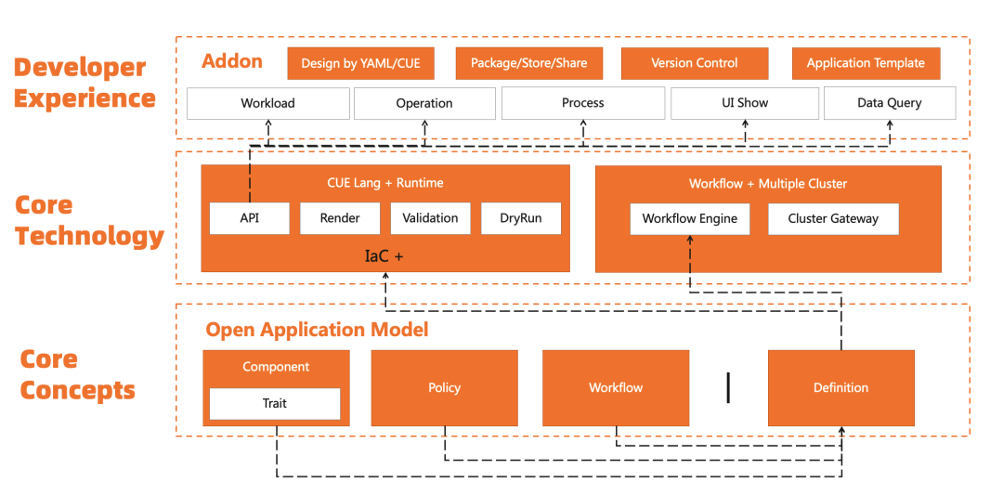
Figure 1: Core Structure of KubeVela Extensibility
The blossoming of atomic capabilities in cloud-native is an asset that raises the threshold in the field. Platform builders need to learn a large number of open-source projects and aggregate experience in multiple fields. It often takes months or longer to build a cloud-native support platform for the enterprise. However, the platform often passes the complexity to the application developer, which means they have to learn a lot of additional knowledge. KubeVela's design concept and existing technical achievements may help you quickly enter the cloud-native world. KubeVela's major addon integration specifications and unified application delivery experience in version 1.5 and previous versions have solved the problem of discrete atomic capabilities in the cloud-native field.
Addon Specification Upgrade and a More Flexible Definition
The KubeVela addon mechanism has been popular among community users since version 1.2. There are nearly 50 addons in the community addon repository. Nearly 50 developers participated in the contribution of the addon.
Please see this link for more information
Starting from version 1.5, addon developers could have a better experience. Addon definition, distribution, and visual management are all improved. In addition to using YAML to define addons, developers can fully use CUE to define addons if they want a more flexible combination of addon resources and higher-level parametric control. The current specifications for addon definitions include the following parts:
Combined with the resources directory, template.cue or template.yaml is used to define the runtime of an addon. For example, you need to run an Operator behind to extend a workload. This part is optional. For example, some lightweight addons can have no runtime behind them or reuse other runtimes. The combination of YAML and CUE configuration can cover most scenarios.
The definitions directory, which stores the definition, is the core part of the addon and defines how the capabilities extended by the addon are used by users.
The schema directory, which is used to assist the definition, defines custom rendering rules for related definitions on the UI side.
The views directory, which stores the syntax definition of VelaQL, is used to extend the query capabilities of VelaQL.
Addon metadata definition files like metadata.yaml and readme.md describe the basic information and environment requirements of the addon.
Please refer to the document for details.
Here is an example of integrating the delivery capability of the Helm Chart package. Currently, projects in the community like FluxCD or ArgoCD provide the atomic capability of deploying Chart packages. Their implementations are different, and each has its advantages. For KubeVela users, these two projects can be introduced through addons. As shown in Figure 2, we need to define a standard API for the end user to expose the necessary parameters to the end user according to the specific situation of the enterprise.
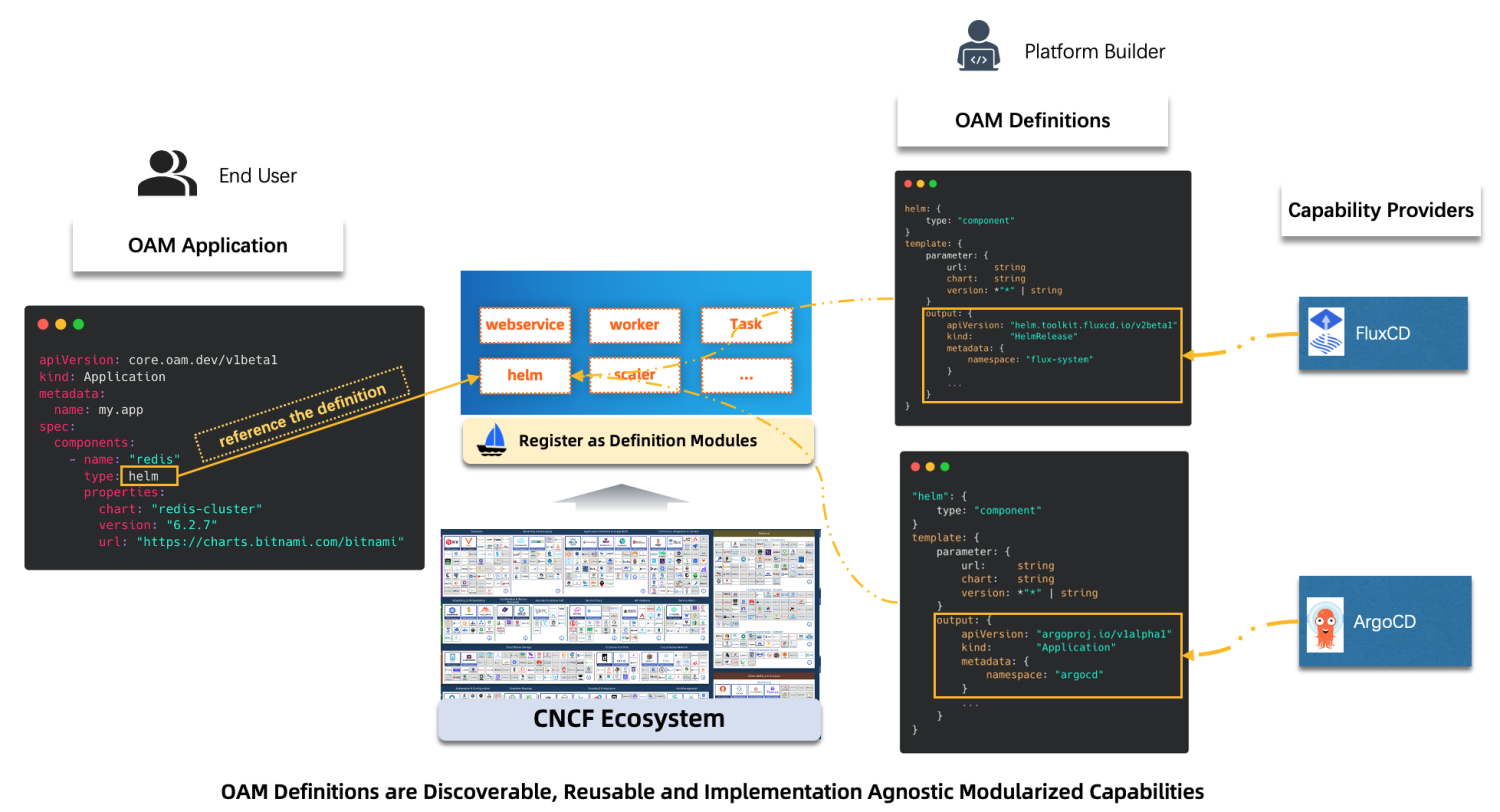
Figure 2: Process of KubeVela Extending the Helm Chart Package
As shown in Figure 3, according to the standard API, the frontend UI can automatically generate the corresponding interactive page to help the end user easily and conveniently deploy the Helm Chart package. The platform side automatically generates the driver configuration of the underlying capability based on the user's input parameters and addon definitions and intelligently sends the relevant status feedback to the user. These are based on addon specifications, such as integrating FluxCD. This project includes multiple controllers providing different atomic capabilities. First, we use template.cue to define the deployment method of FluxCD and deploy different components based on different parameter inputs. Then, the user experience is defined by definitions and schema directories.
Please see this link for more information.
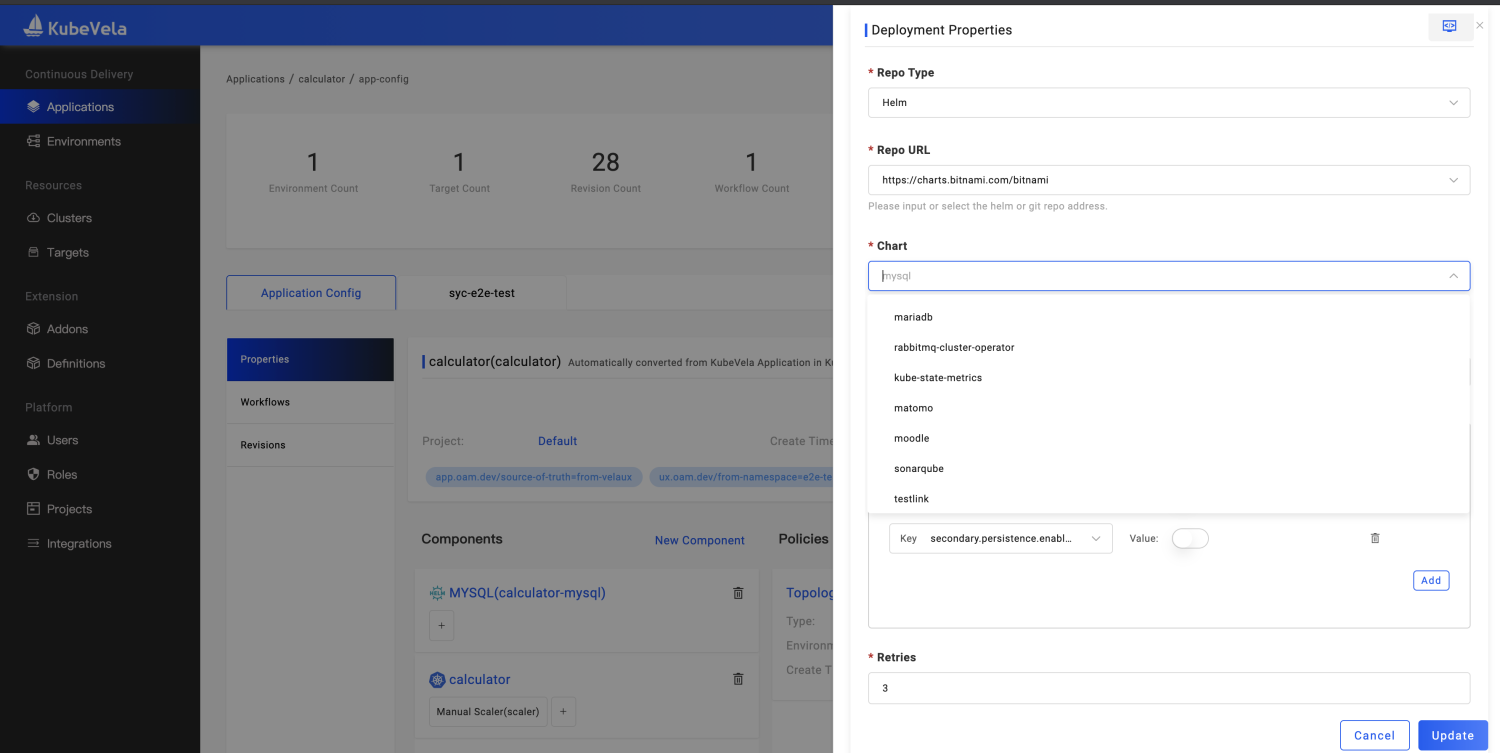 Figure 3: Interaction for KubeVela to Deliver Helm Chart Packages
Figure 3: Interaction for KubeVela to Deliver Helm Chart Packages
Function Interpretation Based on Addon Extensions
Telemetry Integrating Prometheus + Grafana + Exporters to Support System Observability
The system of application observability is closely related to application release. A good application observability system can make the management of application reliability easy. The KubeVela community includes application observability into the core features. In version 1.5, the community selected the KubeVela system observability as a case for system capability development. The following key points have been realized:
The multi-cluster observable infrastructure is installed through addons easily. First, we formed an observable addon set around the solution of Prometheus + Grafana + Exporters. It conveniently installs basic capabilities for different basic environments.
It supports one-click open of multi-cluster Metrics data aggregation and uses the Thanos Query solution to implement multi-cluster metric aggregation query and visualization. A similar solution will gradually cover the Logger and Tracing dimensions.
Grafana IaC: The configuration of Grafana data sources and dashboards are described through application models. The innovative application of extensible API makes the Grafana API change into runtime that KubeVela can operate.
The Grafana dashboard is generated automatically. You can enable the Grafana addon to generate a KubeVela system observability dashboard automatically.
Figure 4 shows the dashboard of KubeVela system operating indicators. The dashboard is automatically generated through the IaC system. You only need to enable the corresponding addon.
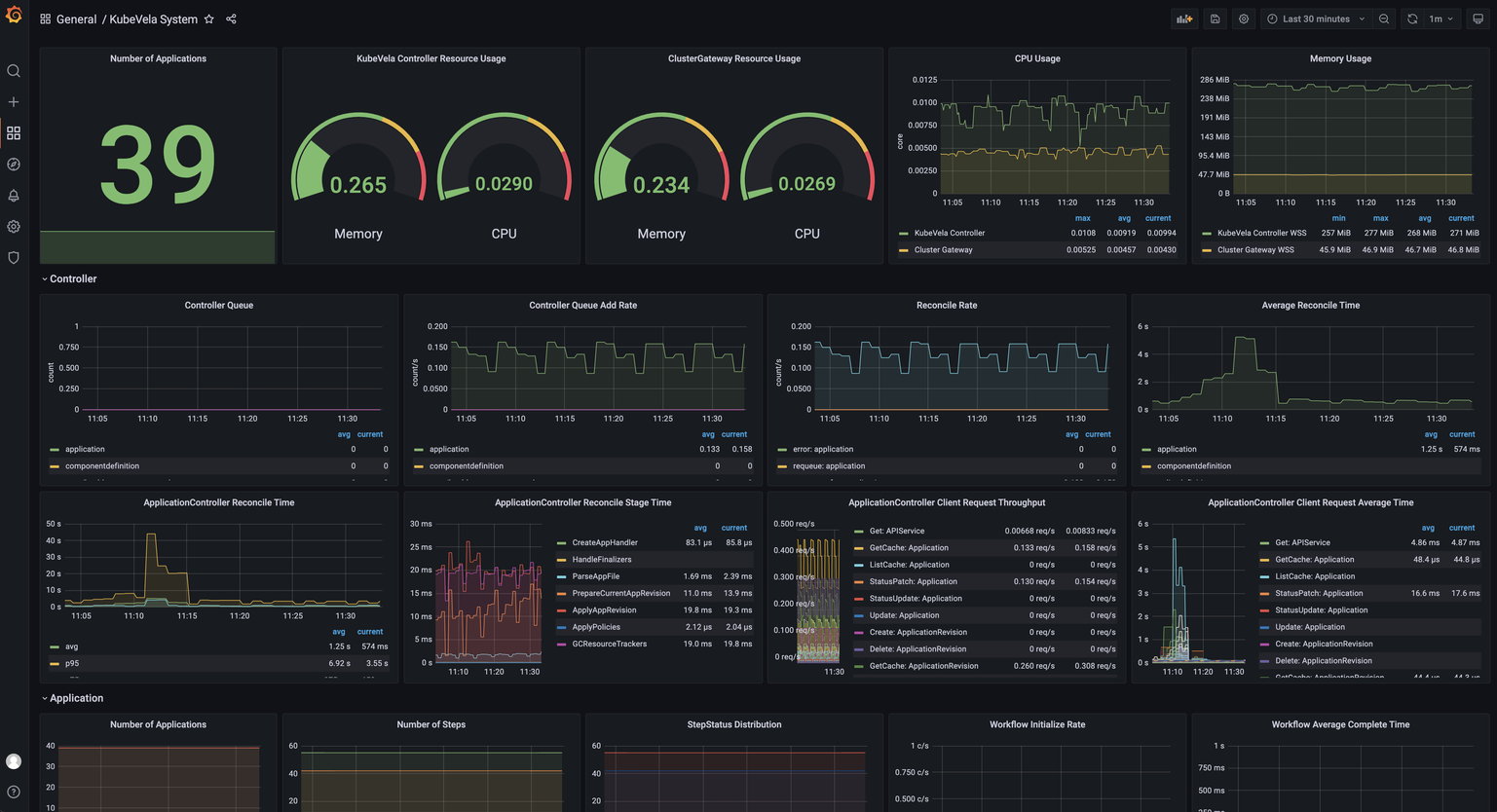 Figure 4: KubeVela System Observable Dashboard
Figure 4: KubeVela System Observable Dashboard
Figure 5 shows the monitoring dashboard of the Kubernetes API Server service connected to KubeVela. Use addons to issue Exporters to all sub-clusters, expose data to the Prometheus service of each cluster, and aggregate it to the control cluster for centralized visualization. You can complete the data monitoring and dashboard access of many clusters at the same time.
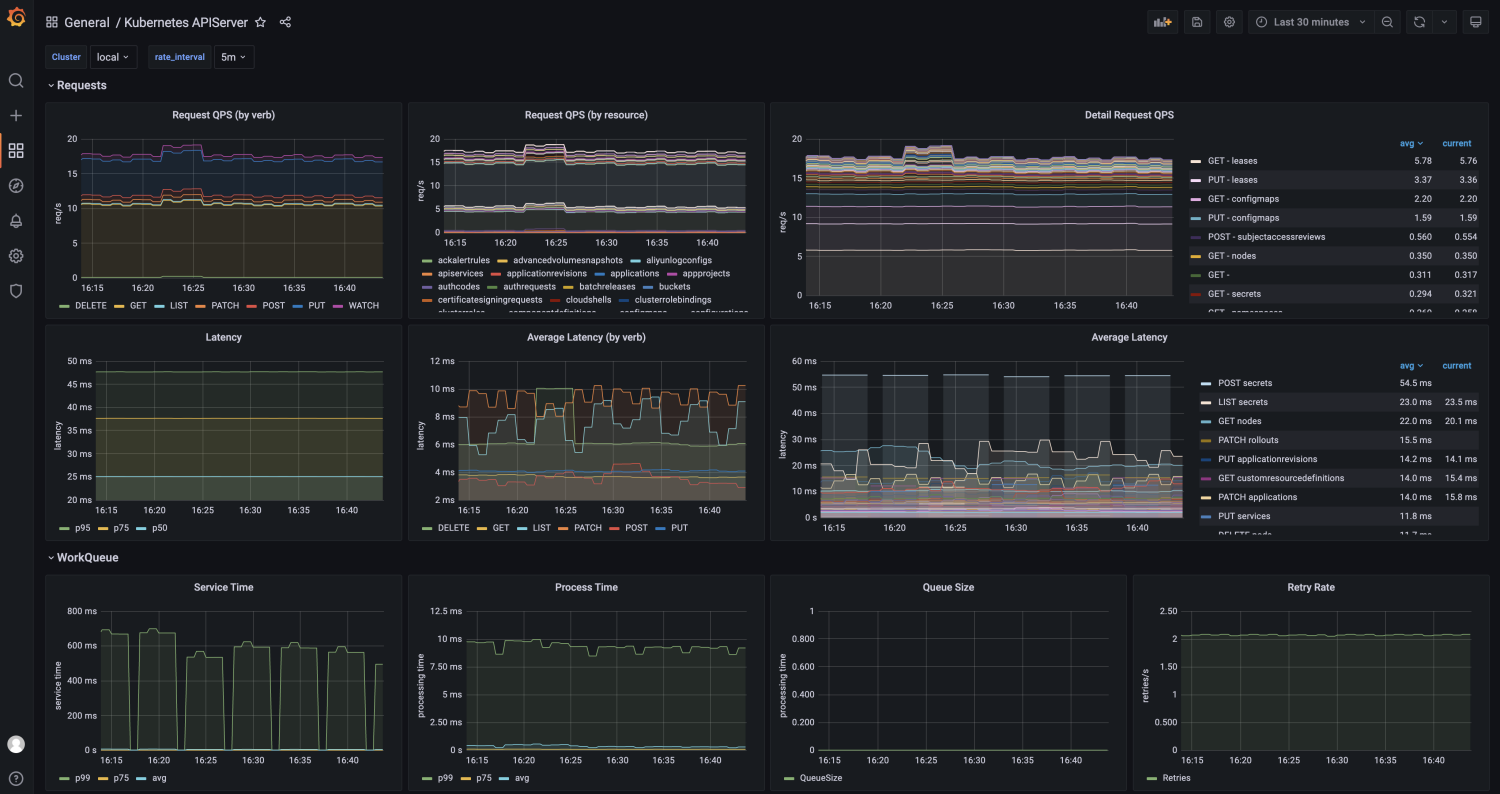 Figure 5: KubeVela Multi-Cluster API Observation Dashboard
Figure 5: KubeVela Multi-Cluster API Observation Dashboard
In the next release, the community will gradually integrate the unified description and delivery of application observability into the application delivery process. It covers Metric, Logger, and Tracing data acquisition, intermediate processing and transmission, storage and analysis, alerts and visualizations, and applications to the complete process of the application release workflow.
Reference: https://kubevela.net/docs/platform-engineers/operations/observability
Integrate CloudShell for CLI and UI Collaborated Application Delivery
Manipulating application delivery through a CLI black screen is convenient, easily replicated, and can be done in batches. Developers are fond of it. Delivering application interactions through UI is more elegant. Process operations help reduce learning costs and achieve stricter enterprise security controls. A high degree of visualization can help us master the application and perform relevant operations anytime and anywhere. KubeVela was very different in the CLI and UI dimensions in the past version, and data in the two dimensions do not communicate with each other. If the two terminal methods can be combined, application delivery and management can be smoother. In version 1.5, KubeVela introduced the CloudShell addon, which provides a Web Shell terminal for UI users. The unified portal solves the problem of CLI and UI separation and brings more capabilities. The main changes to this process are listed below:
Convenient Toolset: Unlike other platforms, which mainly provide Web Shell capabilities for entering the application runtime, CloudShell generates a terminal environment for each user, including CLI tools (such as Vela and Kubectl). You can manage multiple applications in the same environment.
Automatic Authorization: Users do not need to care about how to allocate KubeConfig. The system automatically completes the authorization of the black screen environment according to the permissions owned by UI users, thus realizing the consistency of basic permissions between the white screen and black screen.
Automatic Environment Recycling: The maximum survival time of each user's terminal environment is one hour. Automatic recycling after expiration prevents excessive resource consumption.
Enhanced Vela CLI Capability: It re-implemented log, status, exec, port-forward, and other operation commands for Debug applications, realizing seamless compatibility for differentiated workloads under applications, which allows users to complete relevant operations without awareness. Whether it is the basic Deployment resource, a Helm-packaged load resource set, or a custom Operator-driven workload, Vela can automatically discover the underlying operation objects related to commands.
Data Automatic Synchronization: CLI can create and update applications. Changes will be visualized on the UI until the user chooses to take over the application and subsequent releases through UI.
 Figure 6: KubeVela CloudShell Operating Terminal
Figure 6: KubeVela CloudShell Operating Terminal
Integrate OpenKruise Rollout to Provide Canary Release Capabilities
The KubeVela community incubated the Rollout project in the early days, similar to the implementation model of Argo Rollout. It works in the form of a new workload, mainly realizing the ability to release in batches. With the development of the community, KubeVela focuses more on the application global control layer and addon extension capabilities. Therefore, the rollout implementation at the workload level has been transferred to the OpenKruise community. With the joint efforts of both parties, canary release capabilities can be implemented for various workloads (such as native Deployment, StatefulSet, and OpenKruise extended workload CloneSet). At the same time, when it coexists with the Helm delivery mode in KubeVela, it can implement the canary release for Helm chart package applications without any changes. This is innovative in the industry and very convenient for users. Kruise Rollout is integrated into the KubeVela ecosystem as an addon. KubeVela users only need to enable addons to configure Rollout Trait in application components. At the same time, it can cooperate with gateway rules (such as Gateway and HTTPRoute). This implementation has the following advantages:
No Intrusion and Binding: Rollout capability is introduced through the bypass, and users do not need to make other changes to the existing application configuration. The introduction cost is low and can be removed at any time.
Easy to Use: With a simple switching rule of the traffic configuration, combined with KubeVela's UI visualization, you can effectively observe the change in the number of replicas in the Rollout process and the additional resource relationship introduced.
Good Compatibility: No matter what workload the user uses for packaging (Helm or custom Operator), Rollout can work in bypass form after discovering the current underlying load resources.
Reference: https://kubevela.net/docs/end-user/traits/rollout
VelaUX Adds Multi-Environment Differentiated Visualized Configuration
VelaUX has had the multi-environment deployment capability since its launch. Until version 1.5, it supports the differentiation of multiple environments for user visual editing, truly matching the needs of user multi-environment application release. Override Policy configurations support the dimension differentiation of environments, clusters, or namespaces and the unified management of application baseline and configurations..
As shown in Figure 7, the Application Policy has a variety of available options built in, including differentiated configuration, application multi-cluster policies, application maintenance policies, and GC policies. Users can easily configure corresponding policies according to their needs through UI guidance.
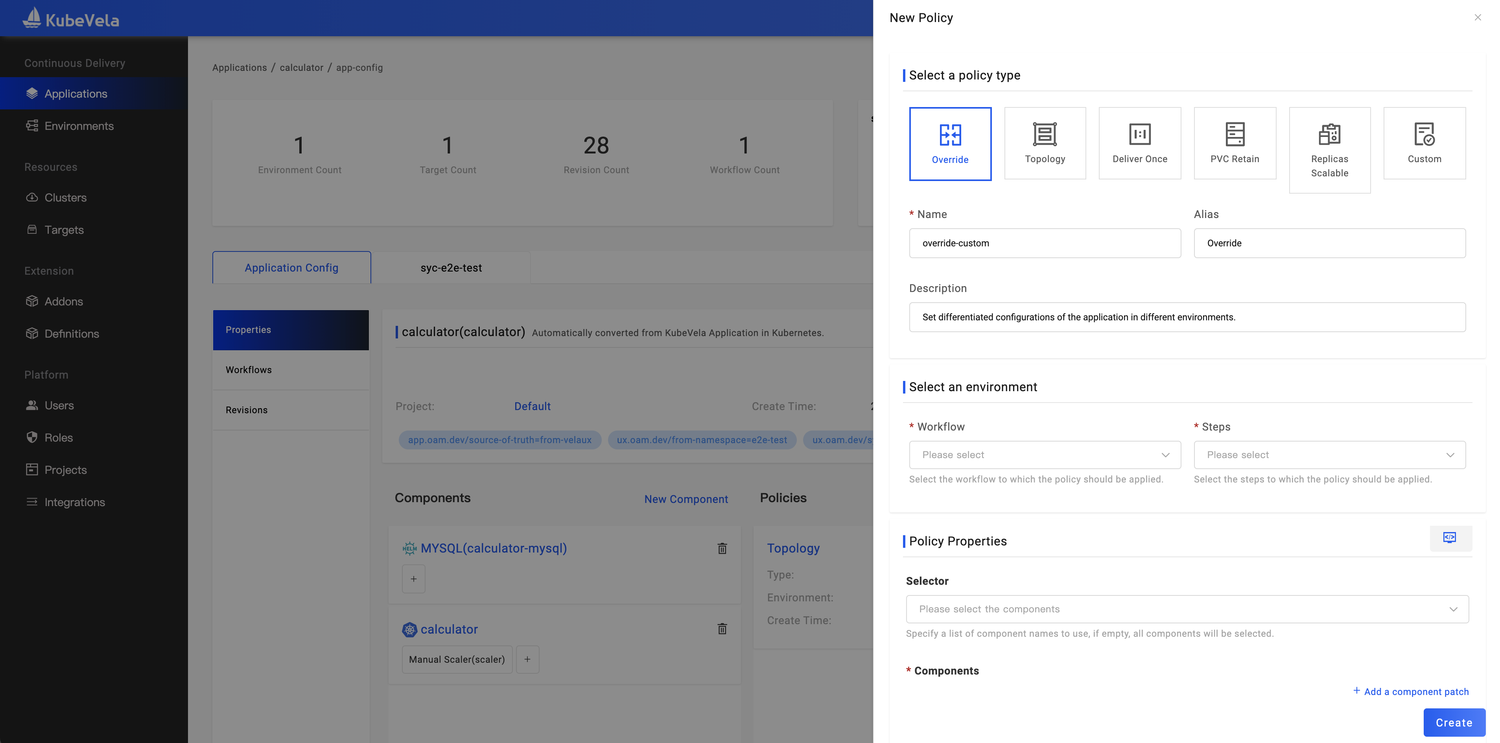 Figure 7: KubeVela Policy Add/Edit Window
Figure 7: KubeVela Policy Add/Edit Window
In version 1.5, the following convenient features are added before and after deployment for different environments:
DryRun (Trial Run) Capability: You can perform a DryRun before deploying an environment. Then, you can evaluate whether the application configuration meets expectations based on the UI feedback results to prevent the incorrect configuration from affecting the stability of online services after deployment.
Environment Difference Insight: When switching to different environment views, the comparison of local configuration and deployment configuration is automatically compared. If there is a difference, the user will be prompted, and the configuration items of the difference will be displayed. It can prevent configuration drift or forgetting to go online for configurations scheduled to go online.
Version Detail Query and Difference Comparison: You can view the application configuration rendering results of each version on the Version Management page. You can also compare the version configuration with the current running configuration or the latest local configuration. It is convenient for users to track the configuration change process.
Reference: https://kubevela.net/docs/tutorials/multi-env
Improve Application Engine Capabilities
In addition to the preceding addon capabilities, a large number of updates have been made to the application engine. The performance is significantly improved, and the CPU consumption during workflow execution is reduced by 75%. The number of parallel executions has increased significantly. The important changes are listed below:
Timeout control is added to Workflow. In the Workflow step, configure the timeout period. When the execution time is greater than the timeout period, Workflow will end and become terminated.
Workflow adds conditional judgment. Configure the If field in the Workflow step and support reading data from status or input to determine whether the current step needs to be executed. It also supports the If Always mechanism and supports scenarios where some steps need to be executed under any circumstances.
Workflow supports display switching mode, DAG, or the default StepByStep.
Add a shared resource policy. Different applications can describe the same resources, such as a namespace or a ConfigMap. If you set this parameter to a shared resource, it does not conflict.
The optimization of the application resource construction algorithm improves query efficiency in different scenarios and makes it easier to extend custom rules. It also adds some default rules.
Please refer to this link for more information about changes.
Summary
Overall, KubeVela 1.5 has made significant progress in multiple dimensions (such as product capabilities, community ecology, and benchmark users). User cases include finance, intelligent manufacturing, the Internet, and other industries. We expect more users to share practical experiences and help the KubeVela community find a more accurate way forward. Version 1.6 plans to bring more complete application observability, independent application workflow capabilities, continuous release control of multiple applications, and collaboration with observable systems. Developers with relevant needs and ideas can participate in community discussions at any time.
